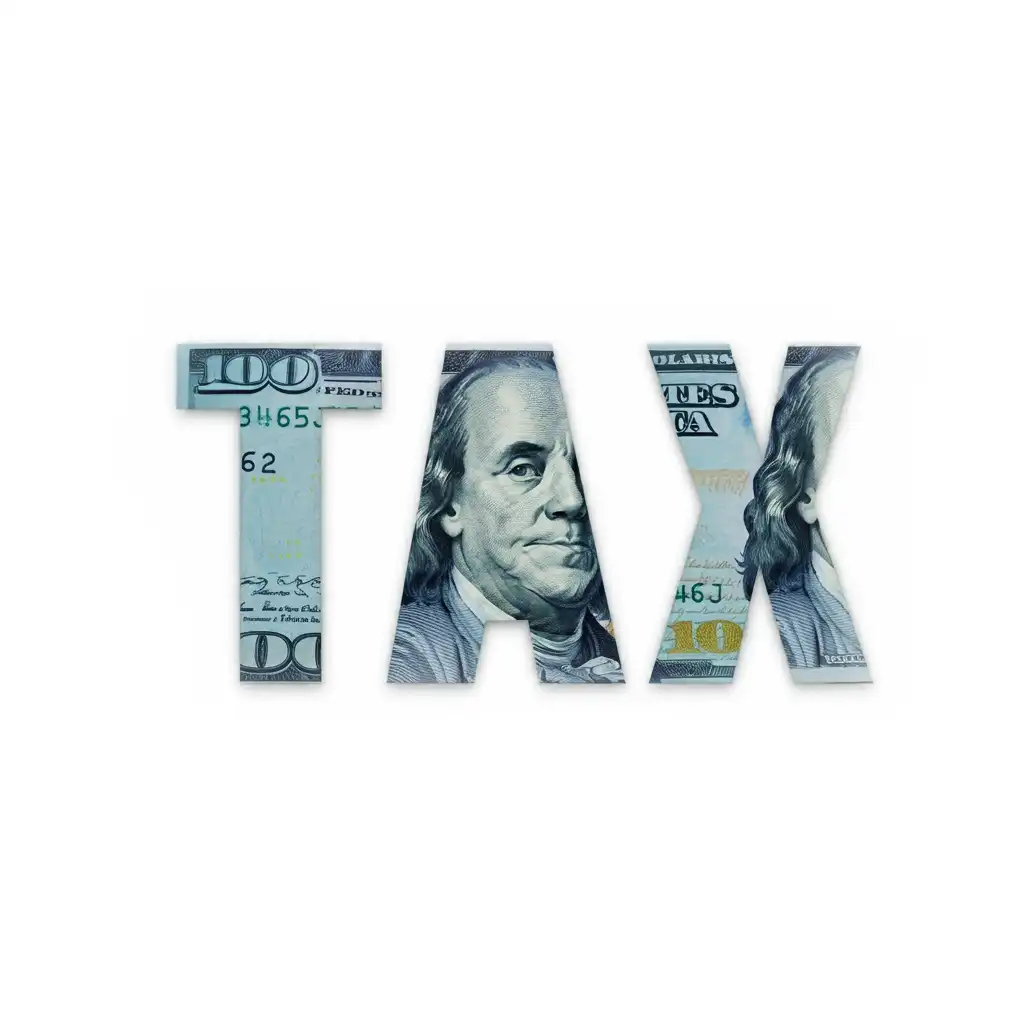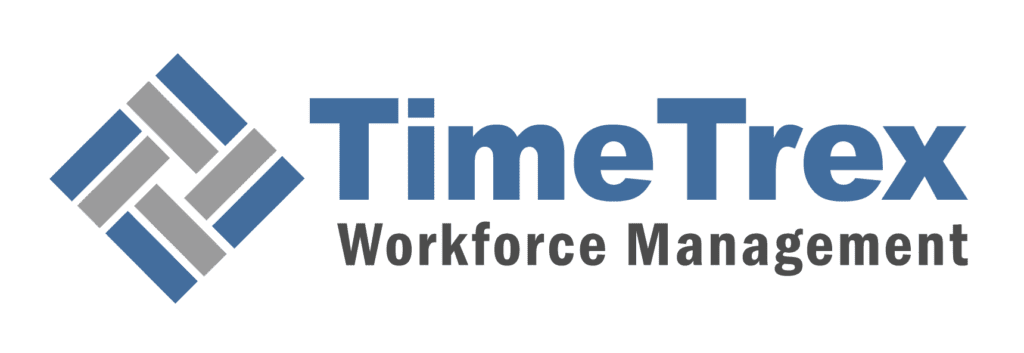Free US Corporate Tax Calculator
Calculate Your US Corporate Tax: 2025
Estimate federal and state corporate income taxes.
Tax Breakdown
State Tax
Federal Tax
Total Tax Liability
Total Tax Distribution
Calculation Summary
| Total Income | |
| Selected State | |
| State Tax Rate | |
| Federal Tax Rate | 21.00% |
| Effective Tax Rate |
State Corporate Tax Rates Reference
| State | Rate |
|---|
Found our Free US Corporate Tax Calculator useful? Bookmark and share it.

U.S. Corporate Tax in 2025
To comprehend the strategic challenges and opportunities facing U.S. corporations beyond 2025, one must first master the intricate tax architecture of the present. The system in place is the direct legacy of the Tax Cuts and Jobs Act of 2017 (TCJA), a landmark piece of legislation that fundamentally reshaped the U.S. corporate tax code. While the 21% statutory rate is its most recognized feature, the full regime is a complex interplay of this rate with a series of backstop provisions and international rules designed to protect the U.S. tax base in a globalized economy.
The 21% Flat Rate: A Permanent Shift in U.S. Policy
The centerpiece of the TCJA's corporate reforms was the permanent reduction of the top federal corporate income tax rate from a graduated structure that peaked at 35% to a flat 21% rate. The primary rationale was to enhance the global competitiveness of the United States, bringing the rate more in line with the OECD average. Unlike many other TCJA provisions, the 21% corporate rate is not scheduled to expire, providing a stable foundation for tax planning, barring new legislation.
Beyond the Headline Rate: The Architecture of Base Protection
A lower statutory rate was paired with "guardrail" provisions to prevent corporations from eroding the U.S. tax base. This creates a multi-front compliance and strategic challenge.
- Corporate Alternative Minimum Tax (CAMT): Enacted in the 2022 Inflation Reduction Act, the CAMT imposes a 15% minimum tax on the "adjusted financial statement income" (book income) of C corporations with profits over $1 billion.
- Base Erosion and Anti-Abuse Tax (BEAT): The TCJA introduced the BEAT to combat "earnings stripping." It's an alternative minimum tax, currently 10%, on income reduced by deductible payments to foreign affiliates. The rate is set to increase to 12.5% after 2025.
- Stock Buyback Excise Tax: This 1% non-deductible excise tax on the value of stock repurchased by public companies aims to encourage reinvestment over share buybacks.
The International Dimension: A Shift to a Territorial System
The TCJA moved the U.S. toward a "territorial" system, primarily taxing income earned within U.S. borders. However, it's a quasi-territorial system with anti-abuse rules.
- Global Intangible Low-Taxed Income (GILTI): This regime subjects most active foreign earnings of U.S. multinationals to a minimum tax, currently at an effective rate of 10.5%. This rate is scheduled to increase to 13.125% after 2025.
- Foreign-Derived Intangible Income (FDII): To incentivize holding intellectual property in the U.S., the FDII provision offers a preferential effective tax rate, currently 13.125%, on income from the foreign use of U.S.-based intangible assets. This rate will rise to 16.4% after 2025.
The State-Level Mosaic: Calculating the Combined U.S. Tax Burden
A comprehensive analysis of U.S. corporate taxation must include state and local taxes. This creates a complex "mosaic" of tax regimes, and a company's total tax liability is determined by the combined impact of federal and state systems.
A Nation of Contrasts: Variance in State Corporate Income Tax Rates
State corporate income tax (CIT) rates and structures vary dramatically, from 0% in states like Wyoming to over 10% in others like New Jersey. Some states, like Texas and Ohio, use gross receipts taxes instead of a traditional CIT. This variance creates significant opportunities for domestic tax planning but also immense compliance complexity.
The Combined Federal-State Rate: A Key Metric for Global Competitiveness
To make meaningful international comparisons, analysts use the combined federal-state statutory tax rate. The TCJA lowered this average combined rate from approximately 38.9% to 25.8%, repositioning the United States from a high-tax outlier to a more competitive, middle-of-the-pack nation.
| Jurisdiction | Combined Statutory Rate (2017, Pre-TCJA) | Combined Statutory Rate (2024, Post-TCJA) |
|---|---|---|
| France | 34.4% | 25.8% |
| Germany | 29.8% | 29.9% |
| Italy | 27.8% | 27.8% |
| Japan | 29.7% | 29.7% |
| Canada | 26.5% | 26.2% |
| United Kingdom | 19.0% | 25.0% |
| United States | 38.9% | 25.8% |
| OECD Average | 26.3% | 23.9% |
The Looming "Tax Cliff": A De Facto Tax Increase for American Business
While the 21% rate is permanent, a host of critical, pro-investment business tax provisions are scheduled to expire or become less favorable after December 31, 2025. This "tax cliff" represents a substantial, pre-programmed tax increase that will raise the effective tax rate on new business investment.
The End of an Era: Sunsetting of the 20% Pass-Through Deduction (QBID)
The Section 199A Qualified Business Income Deduction (QBID) allows owners of "pass-through" businesses (partnerships, S corps, sole proprietorships) to deduct up to 20% of their qualified business income. This provision, crucial for many small businesses, is scheduled to expire completely after 2025.
The Capital Investment Squeeze: Phase-Out of 100% Bonus Depreciation
One of the most powerful TCJA incentives was 100% "bonus depreciation," allowing immediate deduction of the full cost of new equipment. This is now phasing out: it is 60% in 2024, will be 40% in 2025, and will be eliminated completely by 2027. This will significantly increase the after-tax cost of capital investment.
The Innovation Tax: The Shift from R&D Expensing to Amortization
Since 2022, businesses can no longer immediately deduct 100% of their domestic R&D costs. Instead, they must be capitalized and amortized over five years. This accounting change represents a substantial tax increase on innovation by delaying the tax benefit of R&D spending.
The Rising Cost of Debt: Stricter Limitations on Interest Deductibility
Since 2022, the formula for calculating the limit on business interest deductions became stricter. It is now based on a formula more like EBIT (earnings before interest and taxes) rather than EBITDA (which includes depreciation and amortization). This change lowers the deductible amount for many capital-intensive companies, making debt financing more expensive.
| Provision | Current Law (Tax Year 2025) | Post-2025 Law (If TCJA Expires) | Impact of Expiration |
|---|---|---|---|
| Corporate Rate | 21% Flat Rate | 21% Flat Rate | No Change (Permanent) |
| Pass-Through Deduction (QBID) | 20% deduction | Expires (0% deduction) | Significant tax increase for pass-throughs |
| Bonus Depreciation | 40% immediate deduction | 20% in 2026, 0% in 2027 | Higher after-tax cost of capital investment |
| R&D Expensing | Amortized over 5 years | Amortized over 5 years | Pressure to restore immediate expensing |
| GILTI Rate (effective) | 10.5% | Increases to 13.125% | Higher tax on foreign earnings |
| BEAT Rate | 10% (11% for banks) | Increases to 12.5% (13.5% for banks) | Higher tax on base-eroding payments |
Two Futures, One Decision: An In-Depth Analysis of Competing Tax Agendas
The expiration of key TCJA provisions ensures tax policy will be a central issue for the next Congress. The two major political parties have articulated profoundly different visions for corporate taxation.
The Biden Administration and Democratic Vision: A Return to Higher Rates
The Democratic agenda focuses on ensuring large corporations contribute more to federal revenues to fund national priorities. The core proposal is to increase the federal corporate income tax rate from 21% to 28%. This is part of a broader strategy that includes increasing the CAMT rate, quadrupling the stock buyback tax, and toughening international tax rules like GILTI.
The Republican and Trump Vision: Cementing the TCJA and Pursuing Further Cuts
The Republican agenda is rooted in the belief that a competitive tax code drives economic prosperity. The immediate priority is making the expiring TCJA provisions permanent, especially the 20% pass-through deduction (QBID). Beyond this, proposals include restoring 100% bonus depreciation and immediate R&D expensing, and potentially lowering the corporate rate further to 20% or even 15%.
| Provision | Democratic Proposal (Biden) | Republican Proposal (Trump/House GOP) |
|---|---|---|
| Corporate Rate | Increase to 28% (or 25%) | Maintain 21%; potentially lower to 20% or 15% |
| Pass-Through Deduction (QBID) | Allow to expire | Make permanent; potentially increase to 23% |
| Bonus Depreciation | Allow phase-out to continue | Restore to 100% permanently |
| R&D Expensing | Open to restoring expensing | Restore immediate expensing |
| CAMT Rate | Increase from 15% to 21% | Potential repeal or modification |
| Stock Buyback Tax | Increase from 1% to 4% | Potential repeal or modification |
The Global Gauntlet: U.S. Tax Policy in an International Context
The domestic debate over U.S. corporate tax is profoundly influenced by global factors, particularly the recent implementation of a global minimum tax framework.
U.S. Competitiveness Post-TCJA: From Outlier to Middle of the Pack
The TCJA dramatically improved U.S. competitiveness by lowering the combined federal-state rate. As of 2024, the U.S. rate of ~25.8% is competitive within the G7 and near the OECD average. This repositioning is a key argument for maintaining the current rate.
The Pillar Two Imperative: The 15% Global Minimum Tax
The most significant external constraint is the OECD's Pillar Two framework, which ensures large multinational enterprises pay an effective tax rate (ETR) of at least 15% in every country where they operate. This creates a strategic dilemma for the U.S.
- The GILTI Problem: The U.S. GILTI regime is not considered compliant with Pillar Two because it allows for global averaging of taxes, whereas Pillar Two requires a country-by-country test.
- Ceding U.S. Taxing Rights: This non-compliance is a major vulnerability. U.S. tax incentives (like R&D credits) can lower a company's U.S. ETR below 15%. Because the U.S. lacks a compliant system, other countries could impose a "top-up tax" on that U.S. income. In effect, a tax break from Congress could result in a direct revenue transfer to a foreign government.
From Statute to Reality: An Industry-Level Analysis of Effective Tax Rates
The 21% federal statutory rate is only the starting point. The tax a corporation actually pays as a percentage of its profits—its effective tax rate (ETR)—often diverges significantly due to deductions, credits, and other incentives. This variation is dramatic across different industries.
Winners and Losers: A Sector-by-Sector Breakdown
Sector-specific business models and eligibility for targeted tax incentives create a landscape of widely varying ETRs. For example, capital-intensive industries benefit greatly from depreciation, while tech and pharma rely heavily on R&D credits.
| Industry | Avg. ETR (All Firms) | Aggregate ETR (Industry Total) | Key Drivers of ETR |
|---|---|---|---|
| Oil/Gas (Integrated) | 25.23% | 30.26% | High profitability, depletion allowances |
| Air Transport | 10.15% | 30.21% | High capital intensity, depreciation |
| Semiconductor | 4.19% | 23.22% | Heavy R&D, capital investment, FDII |
| Drugs (Biotechnology) | 1.05% | NA | Significant R&D, use of NOLs |
| Auto & Truck | 2.11% | NA | High capital investment, depreciation |
This industry-level differentiation means tax policy changes are never truly neutral. A seemingly neutral change, like the expiration of bonus depreciation, is in fact a targeted tax increase on capital-intensive sectors like manufacturing, transportation, and energy.
Simplify Your Payroll and Tax Compliance
Navigating the complex world of corporate taxes is a challenge. TimeTrex can streamline your payroll process, helping you manage deductions and stay compliant with ever-changing regulations. Focus on growing your business and let us handle the details.
Learn More About TimeTrex Payroll SolutionsStrategic Outlook and Recommendations for Corporate Leadership
The confluence of the 2025 tax cliff, divergent political agendas, and global tax reforms creates an environment of profound uncertainty. Navigating this landscape requires proactive, scenario-based strategic planning.
Scenario Planning for Tax Volatility
Recommendation: Develop robust financial models for at least three core post-2025 tax scenarios: (1) TCJA Extension, (2) Democratic Rate Increase, and (3) a Bipartisan Compromise. These models must be granular, assessing the specific impact of changes to depreciation, interest deductibility, and international tax rules.
Re-evaluating Capital Allocation and M&A
Recommendation: Immediately re-evaluate the Net Present Value (NPV) of capital projects, factoring in the higher after-tax cost of capital from the bonus depreciation phase-out. Consider accelerating capital expenditures into 2024 and 2025 to maximize the remaining benefit.
Navigating Global Tax Compliance in a Pillar Two World
Recommendation: For all multinationals, launch a comprehensive project to calculate jurisdictional effective tax rates under Pillar Two rules. This data-intensive exercise is critical to identify where top-up taxes may be owed and to assess the true value of U.S. tax incentives.
Advocacy and Engagement: Shaping the 2025 Legislative Outcome
Recommendation: Move beyond generic lobbying and engage policymakers on specific provisions that most directly impact your industry's ability to invest and create jobs. For many small businesses, this means advocating for the permanence of the QBID pass-through deduction and the restoration of powerful investment incentives like bonus depreciation and R&D expensing.
Disclaimer: The content provided on this webpage is for informational purposes only and is not intended to be a substitute for professional advice. While we strive to ensure the accuracy and timeliness of the information presented here, the details may change over time or vary in different jurisdictions. Therefore, we do not guarantee the completeness, reliability, or absolute accuracy of this information. The information on this page should not be used as a basis for making legal, financial, or any other key decisions. We strongly advise consulting with a qualified professional or expert in the relevant field for specific advice, guidance, or services. By using this webpage, you acknowledge that the information is offered “as is” and that we are not liable for any errors, omissions, or inaccuracies in the content, nor for any actions taken based on the information provided. We shall not be held liable for any direct, indirect, incidental, consequential, or punitive damages arising out of your access to, use of, or reliance on any content on this page.
Trusted By
Trusted by 3.2M+ Employees: 21 Years of Service Across Startups to Fortune 500 Enterprises
Join our ever-growing community of satisfied customers today and experience the unparalleled benefits of TimeTrex.










Strength In Numbers
Join The Companies Already Benefiting From TimeTrex
Time To Clock-In
Start your 30-day free trial!
Experience the Ultimate Workforce Solution and Revolutionize Your Business Today
- Eliminate Errors
- Simple & Easy To Use
- Real-time Reporting

Saving businesses time and money through better workforce management since 2003.
Copyright © 2025 TimeTrex. All Rights Reserved.
